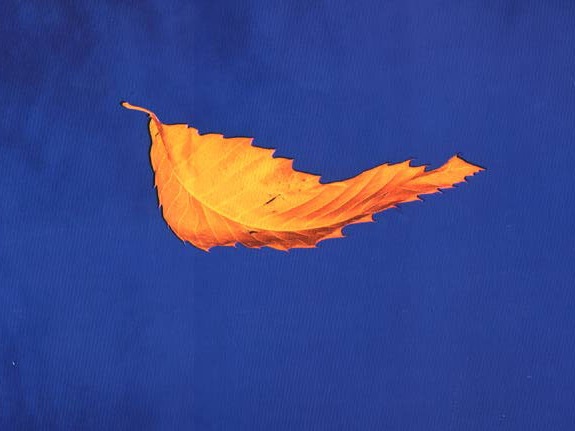The Scientific Reason Complementary Colors Look Good Together
Science explains the dynamics behind bold pairings of complementary colors

Photo: decafinata
Most of us learned about the color wheel back in elementary school and may recall the wisdom that complimentary colors—those situated opposite one another—look good together. Traditionally, these are red and green, yellow and purple, and orange and blue. But the dynamics behind these bold pairings aren’t just a trick of the creative imagination, it turns out. Science is at play.
Complementary colors are especially pleasing to the eye because different types of photoreceptor cells, which contribute to color vision, perceive different types of light in the color spectrum, Apartment Therapy explains. To put this to the test, try staring at a sheet of blue paper for a few minutes. Then, quickly look at a white wall. You’ll see a faint orange afterimage—blue’s opposite color. That’s because the cells in your eyes became fatigued, slightly suppressing the visual spectrum you’ve been staring at. What you perceive on the wall is the white spectrum of light, minus a tiny bit of blue, which your brain processes as orange.
For the interior decorator or painter, this means complimentary colors are especially dynamic since they play off of one another’s intensity. Your eye wants to see that explosive pop of yellow alongside the purple wall; the complementary colors seem to sooth and balance, since they simultaneously stimulate different parts of the eye. It’s a natural example of opposites attracting.
More from Smithsonian.com:
/https://tf-cmsv2-smithsonianmag-media.s3.amazonaws.com/accounts/headshot/Rachel-Nuwer-240.jpg)
/https://tf-cmsv2-smithsonianmag-media.s3.amazonaws.com/accounts/headshot/Rachel-Nuwer-240.jpg)